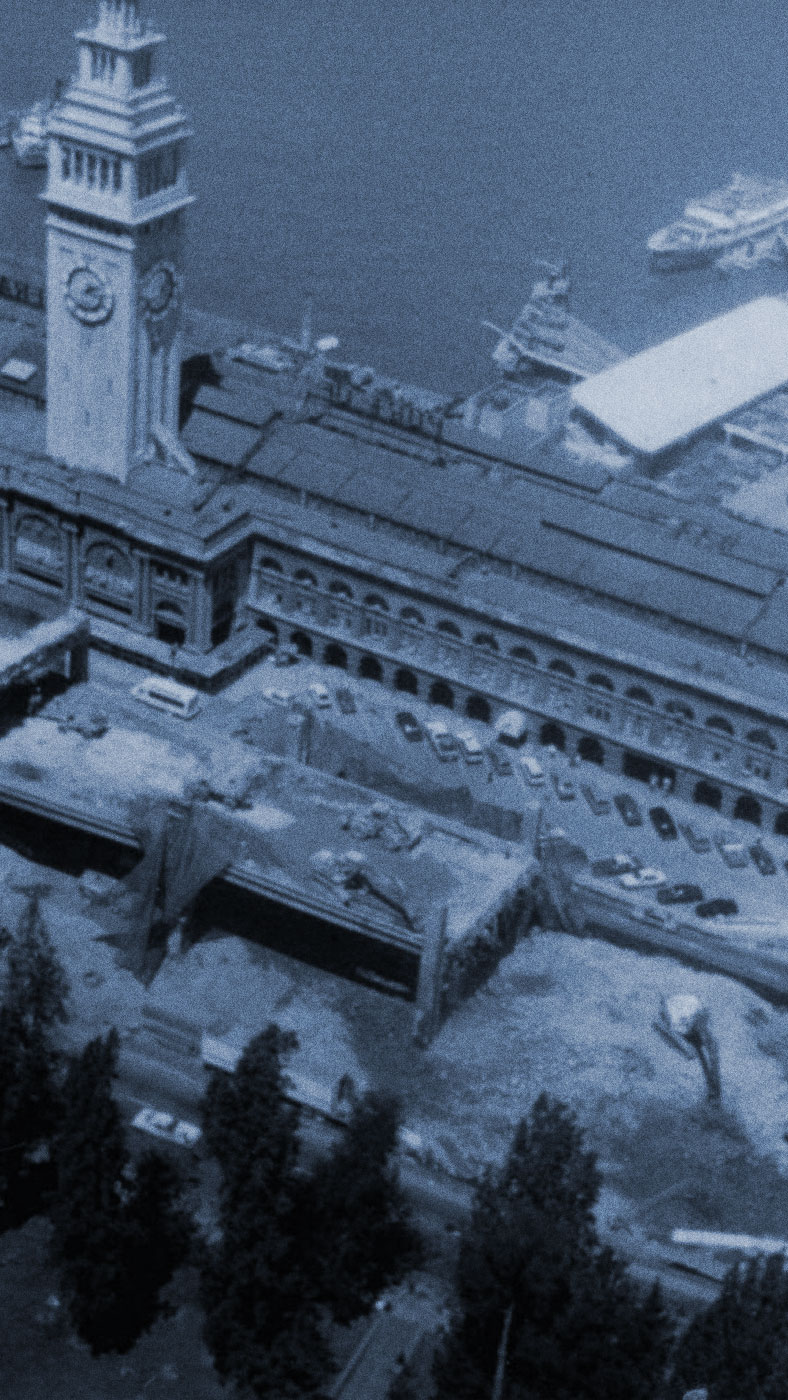Worldwide Sites
You have been detected as being from . Where applicable, you can see country-specific product information, offers, and pricing.
Keyboard ALT + g to toggle grid overlay
conxtech
INNOVATIVE MODULAR CONSTRUCTION DISRUPTS THE BUILDING INDUSTRY
ConXtech is reinventing the way that structural steel-frame buildings are designed and built. Combining the tools of high-tech manufacturing with BIM (building information modeling), co-founders Robert Simmons and Kelly Luttrell developed an ingenious system of standardized components that make it possible to design and erect 2-to-12-story buildings faster, more safely, and with less waste.
FASTER, BETTER, SAFER
The idea behind ConXtech started sixteen years ago with a drawing on a yellow pad and the words “Faster, Better, Safer.” Simmons, an entrepreneur in the construction industry since age 17, had a vision for modular building that was shaped by lessons he learned in the field.
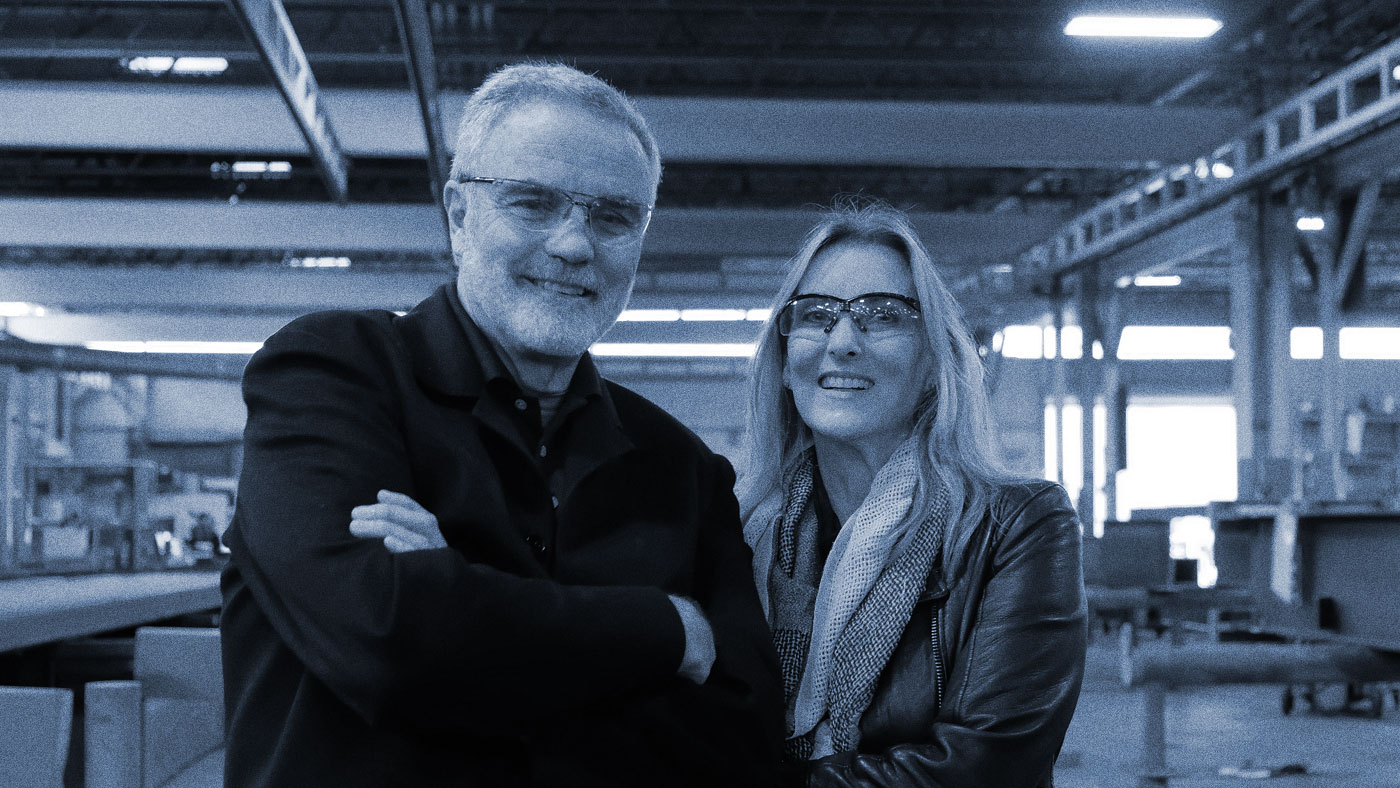
In 1990, his demolition company dismantled San Francisco’s Embarcadero Freeway, which was damaged in the Loma Prieta Earthquake. “We were doing work that was completely unpredictable,” he says, “but we managed the risk in a proactive way. We developed innovative shoring, rigging, and safety systems that ensured nobody got hurt on that job.” His volunteer experience with urban search and rescue teams—responding to disasters like Hurricane Iniki in 1992 and Ground Zero in New York City after 9/11—also gave him insight into how buildings can fail in extreme circumstances.
For Simmons, now CTO of ConXtech, the way to improve the construction process was to remove the unpredictability that results from the one-off nature of most building projects. He reduced the idea of modular construction down to a very small aspect of a building’s structure: the way columns and beams connect. He sketched an interlocking collar connector that could stand up to earthquakes in California, yet be rapidly and safely assembled in the field.
“We were on a ski trip in Lake Tahoe when Bob drew that first connection,” says Vice President of Business Development Luttrell, who is married to Simmons. “It was an ‘a-ha’ moment.”

THE CONNECTION POINT IS THE KEY
Simmons went on to create a modular system of connections, named ConX: a finite set of connectors, beams, columns, and other structural components that can be configured to achieve almost any building design. It works like a gigantic Erector Set.

The heart of the ConX System is a standardized interlocking connector that safely attaches steel beams to columns. In its Northern California factory, ConXtech manufactures the connectors and robotically welds them to columns and beams according to each building’s specifications.

The components are delivered to the construction site, then lowered and locked into position: Gravity holds the beams in place as workers bolt up the connections. There’s no welding required at the job site.

With the ConX System, the building’s frame is reimagined as a modular chassis, but bay size, shape, and floor heights are variable. And ConX structures can be designed with a curvature of up to 15 degrees in the frame, so architects don’t have to compromise their creativity.
MANUFACTURING AND
CONSTRUCTION COME TOGETHER
For the ConX System to work, the connections between structural components must be precise. But since steel beams and columns are shaped from molten metal, they are often imperfect, bowing or twisting as they cool. The manufacturing tolerances acceptable for steel mills were not precise enough for ConXtech’s connections. “We went to the experts in the structural steel industry and asked them if they could make our system for us,” Simmons says. “They all told us it wasn't going to work—it's not going to fit together in the field; it's not going to be plumb.”
The solution was “more about the manufacturing than the building system,” he adds. To overcome the supposedly impossible task of fabricating an accurate assembly out of less-than-perfect raw materials, the ConXtech team developed its own high-tech manufacturing facility where:
- Libraries of standard connectors and other components, designed with Inventor, streamline the building design process.
- Manufacturing equipment receives data exported from BIM files created by architects, designers, and engineers using Revit and other design tools.
- CNC (computer numerical control) machines cut, drill, and mill the components to precise specifications.
- Robots weld the connectors to beams and columns, using a set of fixtures and jigs invented by Simmons. The fixtures simulate what the finished assembly will attach to in the field and hold it in an optimal position for welding: If it fits together in the factory, it will fit in the field.
“We knew we had a viable solution, but we had to come up with a viable way to manufacture it. We had to explore other industries—aviation, automotive, heavy equipment—that could manufacture to tolerances that would make this system possible. But those standards weren't being applied in construction, because our industry is so craft-based, custom, and one-off.”
BRINGING CONX TO MARKET
The ConX System faced industry skepticism. “We had to prove the system to code bodies, peer reviewers, and the structural engineering community,” says Luttrell. The team designed and built a test frame to show how a full-scale connection could stand up to earthquake-level force, by simulating the vertical load on a column, applying critical force perpendicular to the frame, then measuring displacement. ConX now meets the code specifications of the American Institute of Steel Construction and other regulatory organizations around the globe.
ConX debuted in 2004 at Santana Row, a retail and residential development in San Jose, CA, that had nearly been destroyed two years earlier when wood-framed apartments caught fire during construction. City officials delayed rebuilding, looking for a better alternative to wood framing. After a rigorous review, they approved ConX, and Simmons, Luttrell, and team established a factory to begin manufacturing their steel assemblies.
For its initial projects, the company took on a broader share of the project scope—engineering, cladding, fireproofing, decking, and more. Stakeholders would see the company’s standard set of parts and predesigned connections throughout a structure and ask, “Where do I fit in?” Luttrell says, “Taking on scope allowed us to prove the system, and understand and communicate how other disciplines and trades could be more efficient on our platform.”


“Some of the biggest resisters end up being our biggest advocates. On any given project there is invariably a team member resistant to our ‘new’ way of designing and building because it represents risk. The cool thing is, once they've experienced ConX, they get what we do, why we do it, and how we do it—and the resistance converts to advocacy."
MODULAR SUPPORTS CREATIVITY
Today, ConXtech’s modular construction systems are used in a variety of structures in the US: residential and office buildings, hotels, shopping centers, healthcare facilities, schools, data centers, and more. “One of the unfounded notions that people have about our system is that you have to build a box,” says Luttrell. “But look at the variety of shapes and sizes of buildings with ConX inside.”


Stanford Law School, Stanford, CA
Photo courtesy of ConXtech, ©Aislinn Weidele / Ennead Architects
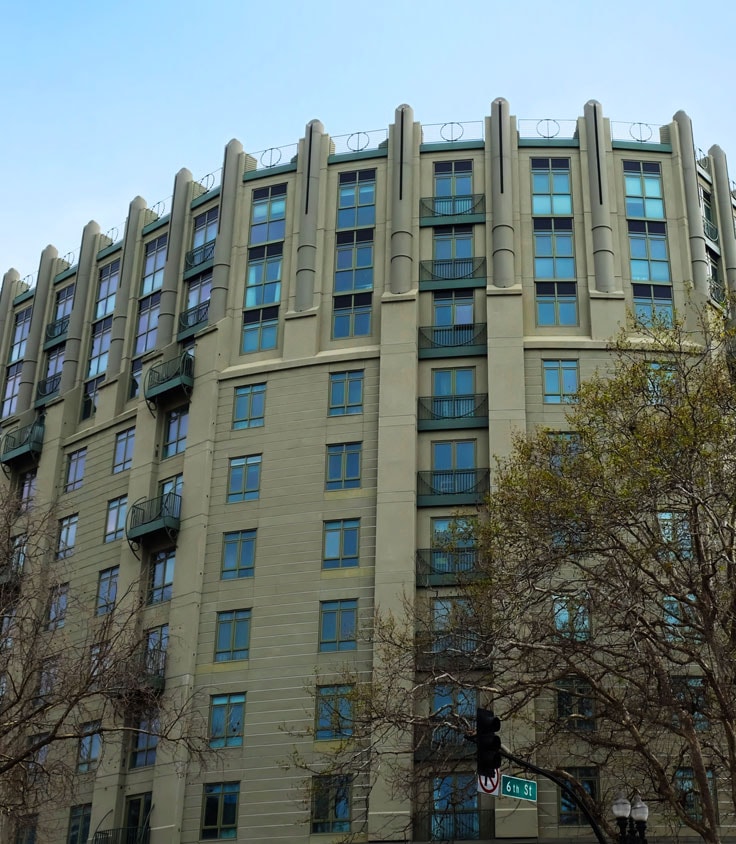

Condominiums, retail, and parking, Oakland, CA
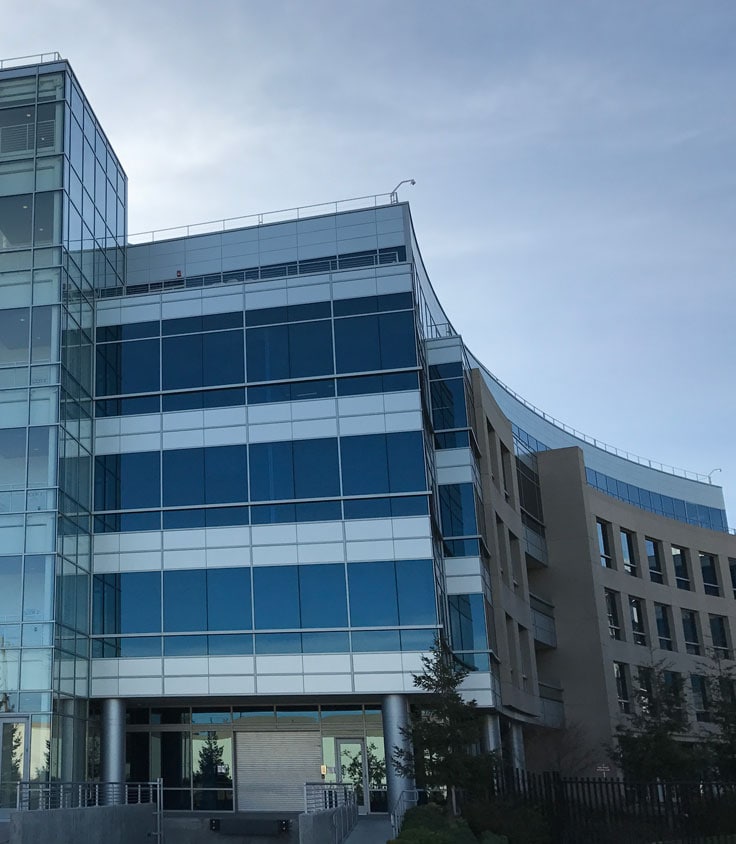

Office campus, Santa Clara, CA


Medical facility, San Marcos, CA
Photo courtesy of ConXtech, photo by Fuscoe Engineering
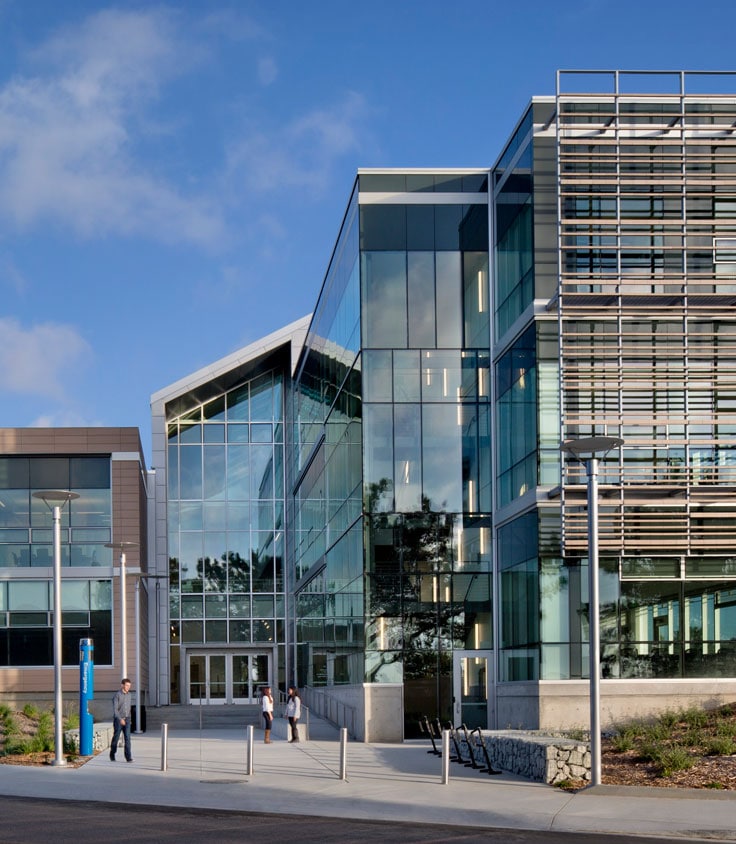

California State University Monterey Bay, Seaside, CA
Photo courtesy of ConXtech, photo by HMC
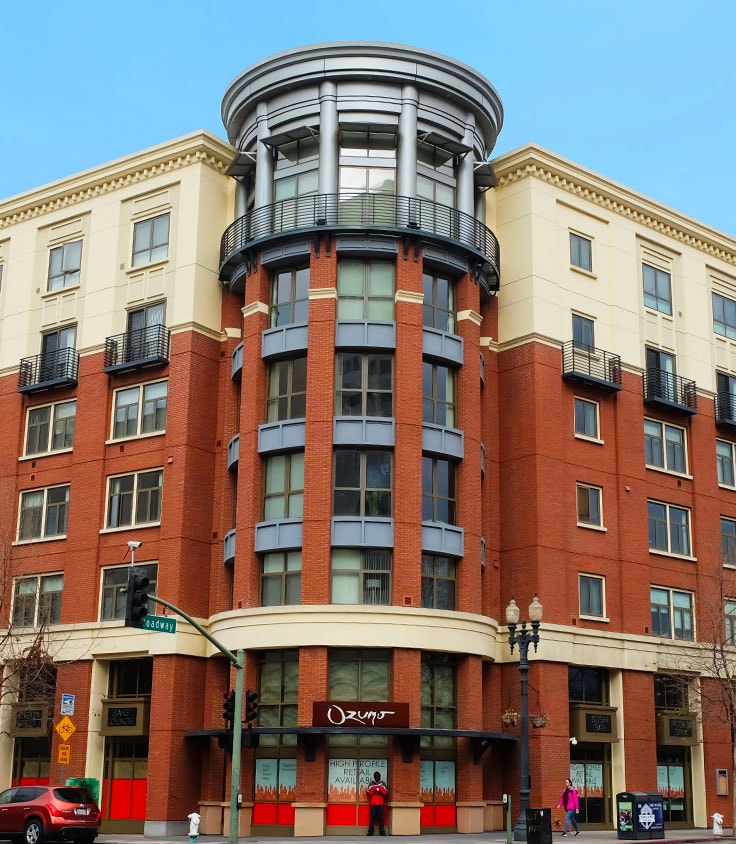

Condominiums, retail, and parking, Oakland, CA
BIM from the beginning
ConXtech is disrupting the construction industry by offering a faster, more cost-effective way to deliver steel structures: Ironworkers can assemble up to 12,000 square feet a day. Pre-welded beam and column assemblies with lower-and-locking connections make the job safer. But the key value of ConX starts in the design phase. Using a simple and accurate digital model based on ConXtech’s standardized steel sections, connections, and attachment points makes engineering, integration, detailing, fabrication, and construction significantly more efficient.
“We call it ‘BIM from the beginning’—early on, we work with owners, architects, and structural engineers to create a model that meets the structural criteria and design intent,” says Luttrell. “That means fewer iterations, easier integration with other trades, and less waste. Working with a BIM model from the start, designers are able to focus more time and energy on creating something unique and beautiful.”
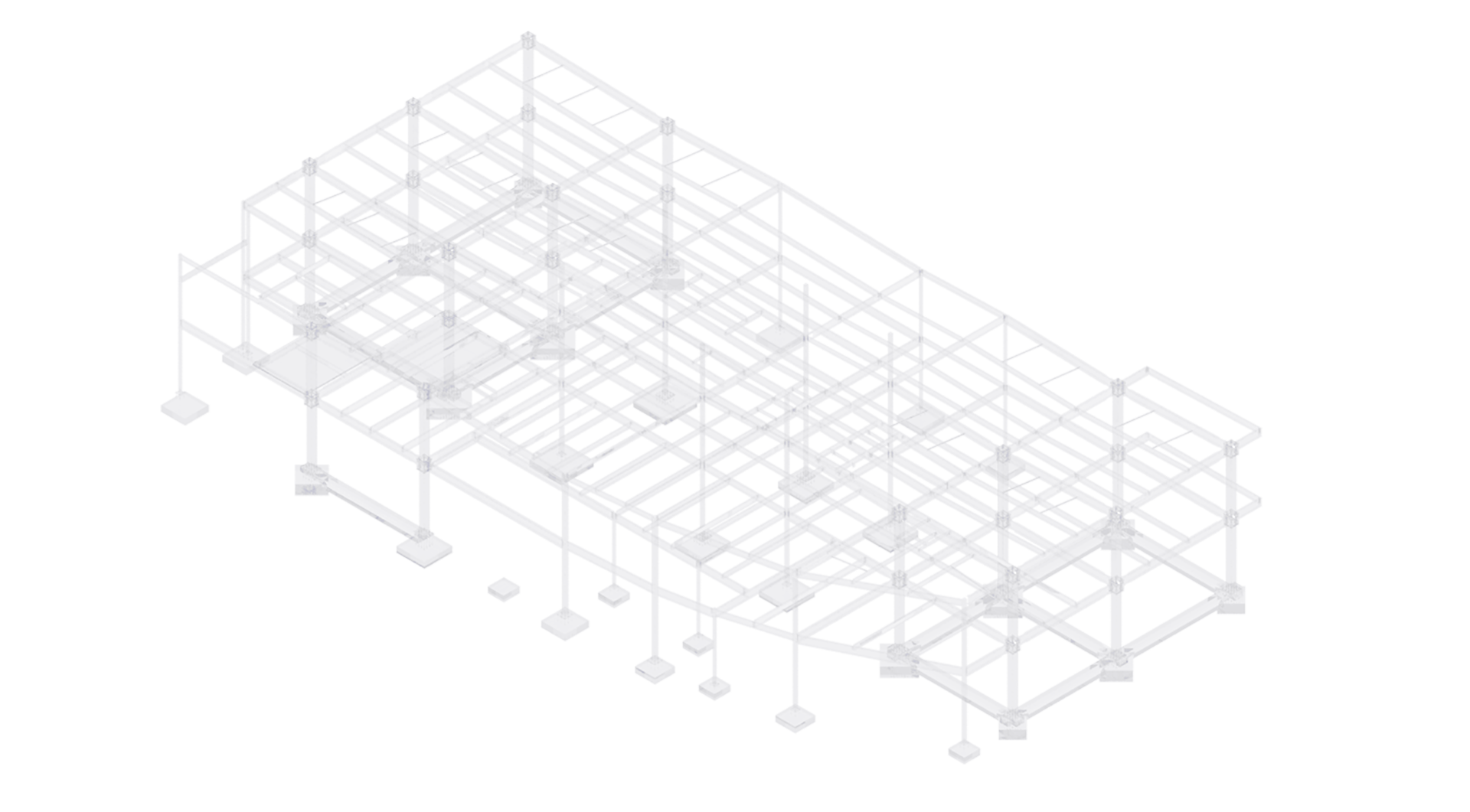


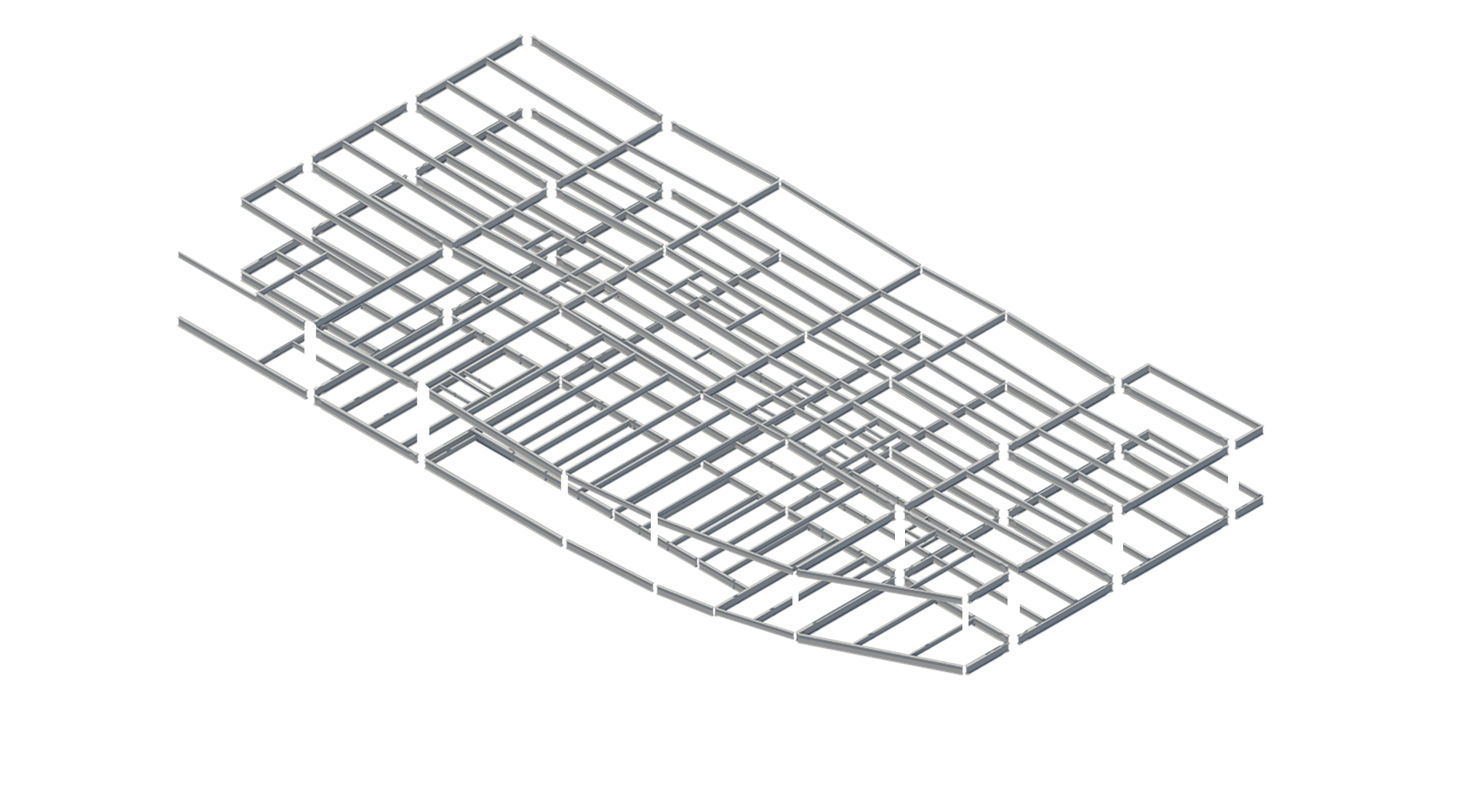
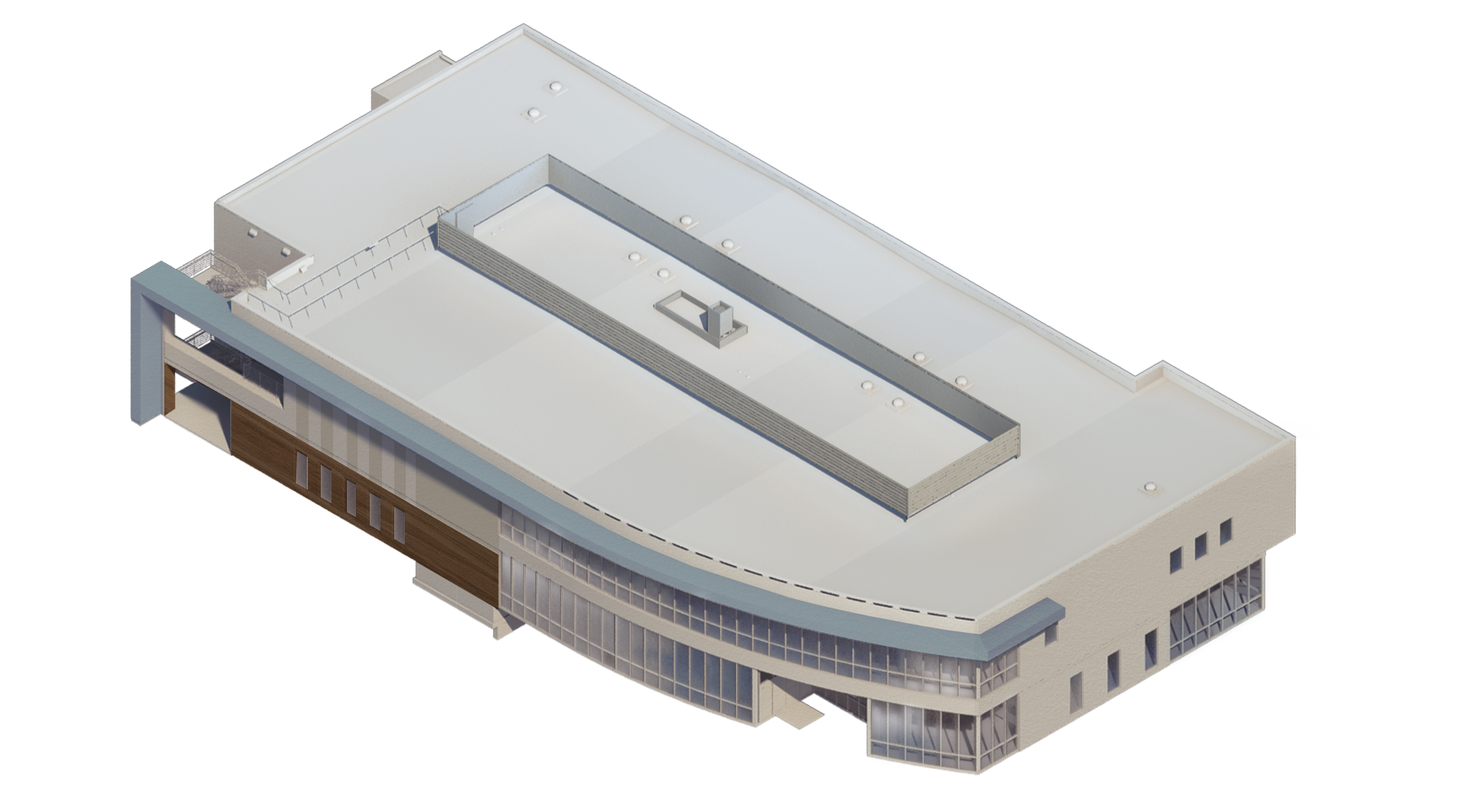
“The real value of our system is going to be how we can we make the entire construction ecosystem more efficient. We're working to better integrate our chassis with other building systems. If we can take the lessons we learn and get better on every structure, we become a platform for continuous improvement, not just a building system.”
Building the future of construction
The 10-story Portable Tower was erected at Burning Man in Black Rock Desert, NV, in 3.5 days and disassembled in 1.5 days. Photo courtesy of ConXtech.
